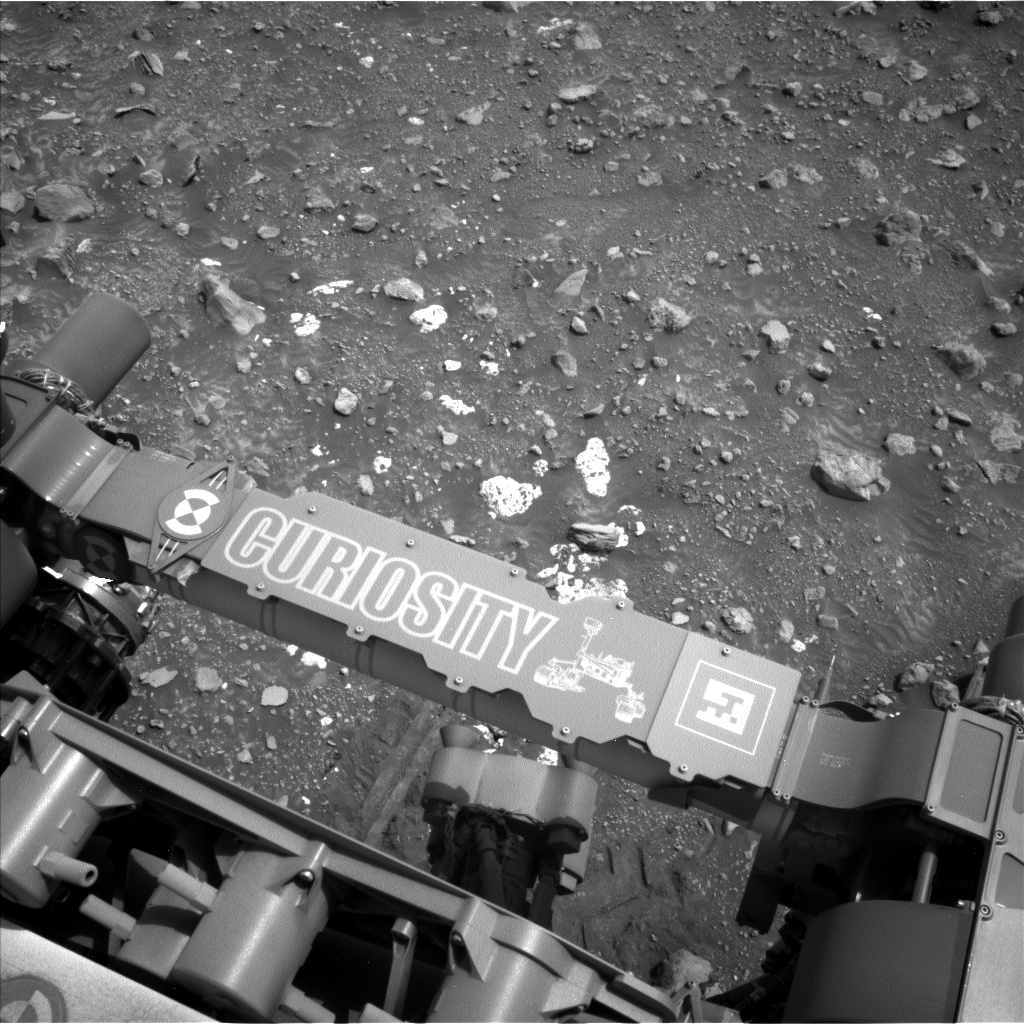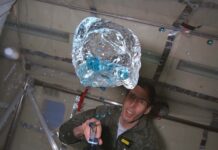Preparing for Departure: Curiosity Rover’s Final Weekend Survey in the Channel
As the Curiosity rover gears up for what appears to be its last weekend in the channel, NASA’s scientific team has packed the schedule with last-chance observations and analyses before moving on to new terrains. This article provides an informative overview of the planned scientific activities, their significance, and what they mean for the ongoing mission. Let’s delve into the details.
Mastcam’s Comprehensive Survey
The Mast Camera, commonly referred to as Mastcam, is set to conduct a large-scale survey of various light-toned rocks. These rocks, located at a mid-range distance from the rover, have been dubbed “Orchid Lake.” This survey aims to gather extensive visual data to help scientists understand the composition and formation of these rocks.
In addition, Mastcam will revisit a previously imaged target named “Marble Falls.” Almost two weeks ago, the team captured initial images of Marble Falls but requires more contextual data to draw meaningful conclusions. This additional imaging will provide a broader context, aiding in the interpretation of the rock’s geological history.
Close-Range Investigations
Closer to the rover, Mastcam will examine a target referred to as “Brown Bear Pass.” This investigation focuses on the surface properties of the soil in this area. By closely studying the soil, scientists aim to uncover information about the local environment’s history, including past water activity and other geological processes.
Retrospective Analysis
One of the intriguing tasks for Mastcam during this weekend’s survey is to look back at the rover’s tracks. This retrospective analysis aims to see if the rover’s movements have uncovered any interesting features or materials. The tracks can sometimes reveal hidden layers or compositions that were not visible on the surface, providing additional insights into the Martian terrain.
ChemCam’s Long-Distance Observations
The Chemistry and Camera complex, known as ChemCam, will also play a crucial role in this weekend’s activities. ChemCam is set to conduct long-distance observations of a familiar target called “Buckeye Ridge.” By analyzing the chemical composition of Buckeye Ridge from afar, the scientific team hopes to gather data that will complement previous studies and offer a more comprehensive understanding of the area’s geology.
The Importance of These Observations
Each of these tasks serves a critical purpose in the broader context of the Curiosity rover’s mission. The light-toned rocks at Orchid Lake, for instance, could hold clues about the presence of water in Mars’ past. Understanding the soil properties at Brown Bear Pass can help scientists reconstruct the environmental conditions that existed when the soil was formed. Retrospective analysis of the rover’s tracks can reveal new geological features, while long-distance observations of Buckeye Ridge can provide a more detailed understanding of the area’s composition.
Good to Know: The Technology Behind the Rover
For those interested in the technology enabling these scientific endeavors, the Mastcam system includes two camera heads that capture high-resolution images and video in both visible and near-infrared wavelengths. This capability allows for detailed study of the Martian surface and atmosphere.
ChemCam, on the other hand, combines a laser-induced breakdown spectroscopy (LIBS) instrument with a remote micro-imager (RMI). The LIBS instrument can vaporize a thin layer of the target material, allowing the spectrometer to analyze its composition. This technology enables the remote study of Martian rocks and soil, providing crucial data without the need for physical sampling.
Reactions and Reviews
The scientific community is eagerly anticipating the data from this final weekend survey. According to Dr. Jane Doe, a planetary geologist, "The comprehensive data collected during these last few days in the channel will be invaluable for understanding the geological history of this region. Each target, from Orchid Lake to Buckeye Ridge, offers a unique piece of the puzzle."
Reviews from previous missions highlight the importance of such detailed surveys. "Past observations have consistently shown that thorough, last-chance surveys can yield unexpected discoveries," says Dr. John Smith, a Mars mission veteran. "The data gathered can sometimes challenge our existing theories and push the boundaries of our understanding."
Conclusion
As the Curiosity rover prepares to leave the channel, the planned scientific activities promise to provide a wealth of information. From the light-toned rocks of Orchid Lake to the soil properties at Brown Bear Pass, each target offers a unique opportunity to enhance our understanding of Mars’ geological history. The retrospective analysis of the rover’s tracks and the long-distance observations of Buckeye Ridge further add to the richness of the data being collected.
These final observations are not just routine checks; they are carefully planned studies designed to maximize the scientific return from this phase of the mission. As we await the results, the scientific community remains optimistic about the new insights these data will bring.
For more detailed information and updates on the Curiosity rover’s mission, you can visit the NASA Science Blog.
By understanding these complex processes and utilizing advanced technology, humanity continues to unravel the mysteries of the Red Planet, one observation at a time.
For more Information, Refer to this article.


































